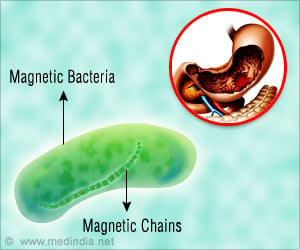
In most species, individuals die shortly after the reproductive phase. But humans are weird--we have an extra long senescence phase. Blaser began to think about the problem from the symbiotic microbe's point of view and he came up with a hypothesis: "The great symbionts keep us alive when we are young, then after reproductive age, they start to kill us." They are part of the biological clock of aging.
In other words, he hypothesized that evolution selected for microbes that keep the whole community of hosts healthy, even if that comes with a cost to an individual host's health.
Modeling of early human population dynamics could tell him if he was on the right track. Blaser worked together with his collaborator Glenn Webb, professor of mathematics at Vanderbilt University in Nashville, to define a mathematical model of an early human population, giving it characteristics similar to a time 500-100,000 years ago, when the human population consisted of sparse, isolated communities.
Webb came up with a non-linear differential equation to describe the variables involved, their rates of change over time, and the relationship between those rates. "It can reveal something that's not quite appreciated or intuitive, because it sorts out relationships changing in time," even with many variables, such as age-dependent fertility rates and mortality rates, changing simultaneously, explains Webb.
Using this baseline model, the team could tweak the conditions to see what happened to the population dynamics. For example, they increased the fertility rate from roughly six children per female to a dozen, proposing that this might be one way for populations to overcome the burden of senescence, by boosting juvenile numbers. Instead, they were surprised to see that this created wild oscillations in total population size over time--an unstable scenario.
Advertisement
Next they set juvenile mortality to a constant, low level and senescent mortality risk was set to increase each year with age--a condition that mimics certain symbiotic bacteria such as Helicobacter pylori that can become harmful in old age. This model exhibited a stable population equilibrium.
Advertisement
Source-Eurekalert












